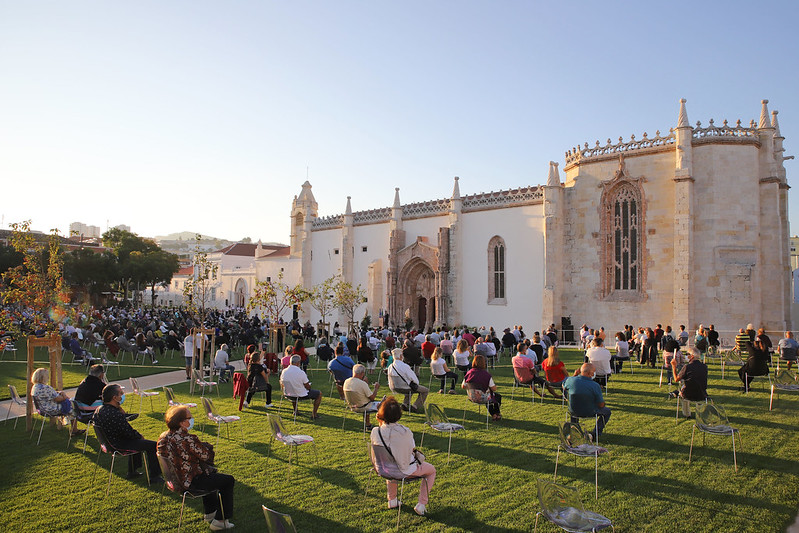The 15th century monastery in Setúbal (Portugal), listed among ‘The 7 Most Endangered’ heritage sites in Europe in 2013 by the leading European heritage organisation Europa Nostra and the EIB Institute has now been fully rehabilitated.
The rehabilitation project of the Monastery of Jesus, designed by the renowned Portuguese Carrilho da Graça, ran from the end of 2012 to the summer of 2020. It had a total cost of nearly 9 million euros, half of which was financed by the Municipality of Setúbal.
It had been partially reopened to the public after 23 years of closure in 2016 after the first phase of the rehabilitation project, consisting of the structural rehabilitation of the monastery and the total recovery of the western wing, which has received part of the rich collection of the city’s museum, concluded.
The Monastery of Jesus in Setúbal, concluded in 1494, is one of the first examples of the Manueline or Portuguese Late Gothic style. It was the setting for the ratification of the signature of the Treaty of Tordesillas in 1494 between Spain and Portugal, which paved the way for Europe’s expansion both to the Americas and to the Far East. The monument was attributed the “European Heritage Label” by the European Commission in 2011.
The Institute cooperates with Europa Nostra to safeguard cultural heritage.





